The News
At Microsoft Ignite 2025, Citrix announced two new capabilities to improve secure virtual work experiences: Microsoft Entra Single Sign-On (SSO) support inside Citrix virtual workspaces and expanded Microsoft Teams Optimizations for macOS using the SlimCore media engine. These updates strengthen Citrix’s alignment with Microsoft’s identity, collaboration, and virtualization ecosystems. To read more, visit the original press release here.
Analysis
Identity Becomes the New Control Plane for Virtual Work
If Ignite 2025 had one message for enterprise architects, it was this: identity is the foundation of secure, agentic, and hybrid work. Microsoft showcased this repeatedly through Entra advancements, unified authentication flows, and the emerging role of Agent 365 as a governance layer.
Citrix’s announcement fits squarely into this market transition. theCUBE Research and ECI’s AppDev data shows 57.6% of organizations have fully integrated cloud security monitoring with development workflows, and identity consistency is now a core expectation across devices, clouds, and virtual environments.
With hybrid work and Zero Trust models expanding, organizations increasingly need SSO continuity that spans M365, virtual desktops, SaaS apps, and remote endpoints. Citrix’s integration of Microsoft Entra SSO directly inside virtual apps and desktops is a response to this need.
Passwordless, Unified Access for Virtual Apps and Desktops
The new Entra SSO support brings modern identity policies (conditional access, MFA, passwordless authentication) into Citrix DaaS environments without custom engineering.
For developers and IT teams, this matters because:
- Authentication paths become consistent across native and virtual experiences.
- IT maintains centralized governance through Entra and Agent 365.
- Users gain a frictionless, single-login workspace, reducing context switching and support burden.
- Organizations can advance Zero Trust adoption without overhauling VDI architectures.
This aligns with broader enterprise sentiment: 44.5% of organizations are increasing IAM investments, and identity-related misconfigurations remain one of the most common cloud security issues.
Citrix’s move could bring VDI into the same identity posture as Microsoft 365, an important step as organizations strive for uniformity across access layers.
Teams Optimization Extends to macOS, Addressing Real-World Hybrid Work Needs
Hybrid collaboration workloads, especially Microsoft Teams, remain a top priority for virtual workspace performance. At Ignite, Microsoft emphasized its SlimCore media engine as the future of Teams optimization, and Citrix’s adoption of SlimCore for macOS endpoints aims to bring parity across major device ecosystems.
For developers and IT operators, this could address several recurring challenges:
- High-latency audio/video in VDI sessions
- Inconsistent performance between Windows and macOS clients
- Increased support overhead for distributed, mixed-device workforces
- Telehealth, call center, and customer-facing use cases where quality-of-service drives business outcomes
The public preview in January 2026 signals that Citrix is aligning closely with Microsoft’s modernization timeline and preparing for a broader shift toward device-agnostic, media-optimized virtual collaboration.
What Developers Are Facing Today
Across our studies, cloud-native and virtual-work teams report increasing pressure in several areas:
- 41.3% cite increased vulnerability risk due to faster CI/CD and distributed work
- 50.9% of organizations list vulnerabilities as their top OSS security concern
- 39% operate edge or remote locations where consistent user experience is difficult to maintain
- 26–50% of IT budgets now go toward application development and modern work enablement
Identity fragmentation and inconsistent collaboration performance remain among the most common friction points. Citrix’s updates aim to target these pain areas with identity unification and optimized media handling.
How This May Change Developer and IT Approaches Going Forward
Citrix’s Ignite releases could influence workflows and architectural decisions in several ways:
- Identity-first VDI strategies may accelerate as Entra becomes the hub for Zero Trust access.
- Teams building secure, agentic workflows for remote employees may shift toward consistent SSO experiences across virtual and native apps.
- Organizations supporting macOS-heavy workforces may adopt SlimCore-optimized VDI sessions to ensure parity with Windows users.
- Platform teams may consolidate identity governance through Entra + Agent 365 rather than fragmented, per-environment access policies.
While adoption will vary, the trend is clear: identity, collaboration, and virtualization are converging, and Citrix is aligning its platform with Microsoft’s direction of travel.
Looking Ahead
Microsoft Ignite 2025 marked a turning point in how organizations think about secure work, moving from device-centric management to identity-centered, AI-assisted, and context-aware experiences. As enterprises expand AI, remote work, and Zero Trust initiatives, the demand for uniform, passwordless access will continue to grow.
Citrix’s updates position it to support this shift by embedding Microsoft Entra identity deeply into virtual environments, enhancing collaboration performance across device ecosystems, and ensuring consistency across hybrid, cloud, and VDI deployments.
As public preview windows open in 2026, these capabilities may influence how enterprises modernize authentication paths, streamline collaboration experiences, and prepare virtual work environments for the next phase of agentic and AI-driven workflows.
Twilio Report Exposes Trust Gaps in Enterprise Conversational AI
New data highlights rapid adoption of conversational AI in addition to a widening divide between…







